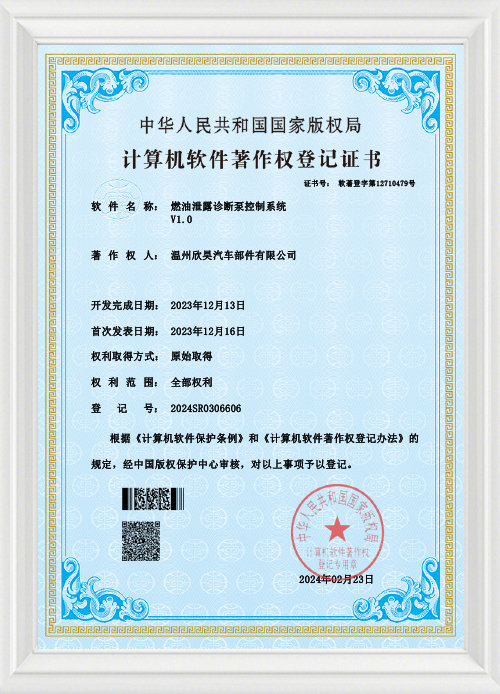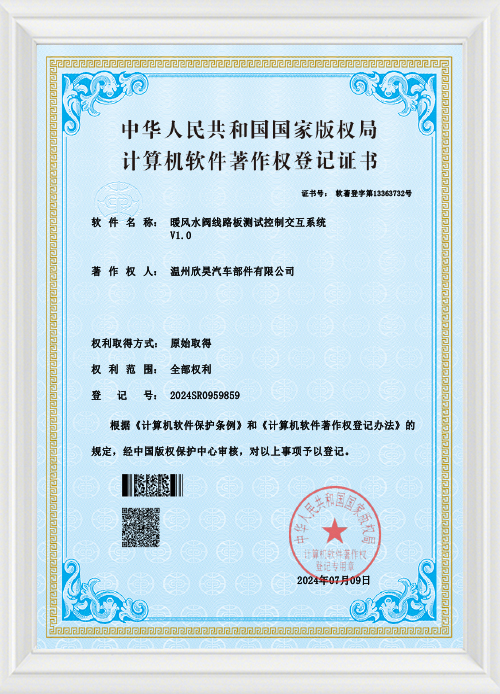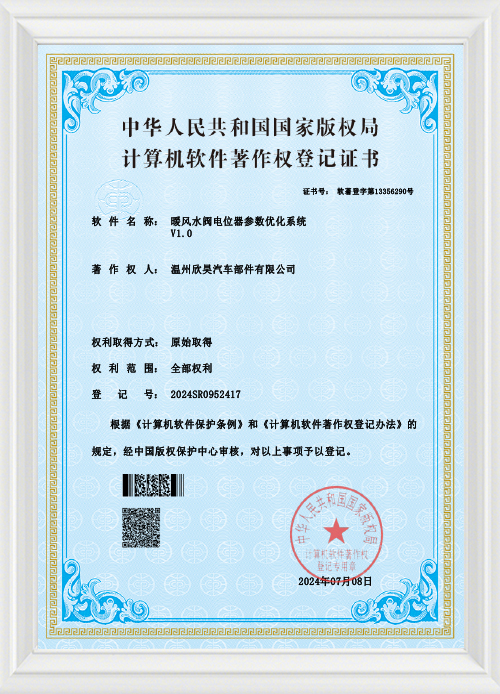1J0819809
Category: Volkswagen Audi
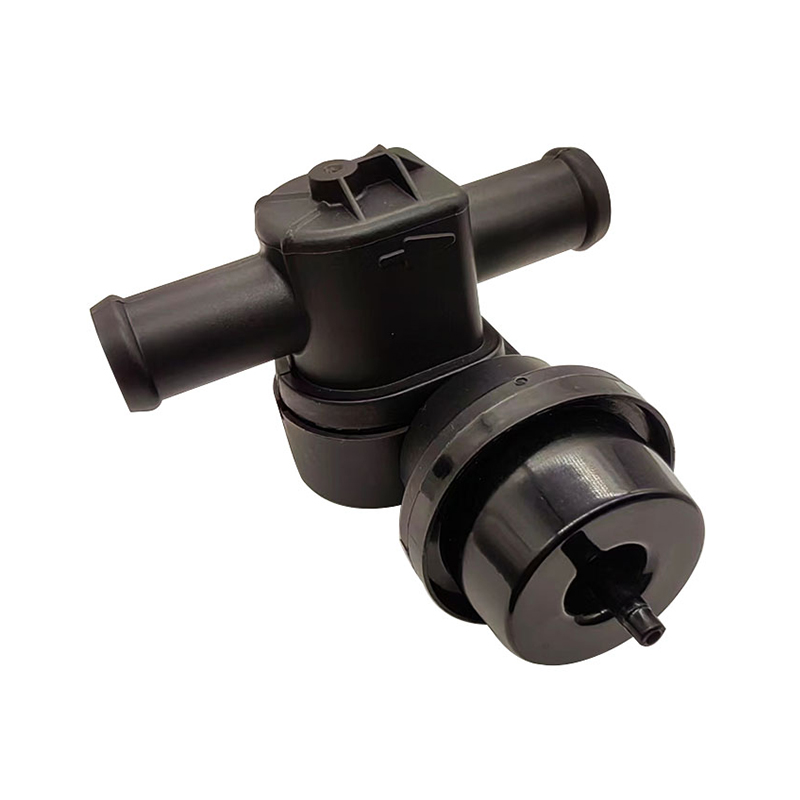 View More >>
View More >>
Category: Volkswagen Audi
| Coding | OE | Weight/KG | Inner box size/CM | Outer box size/CM | Number of boxes | Gross weight/KG | Vehicle |
| XH-809G | 1J0819809 | 0.1 | 9*10*9 | 52*47*42 | 100 | 10 | VAG |
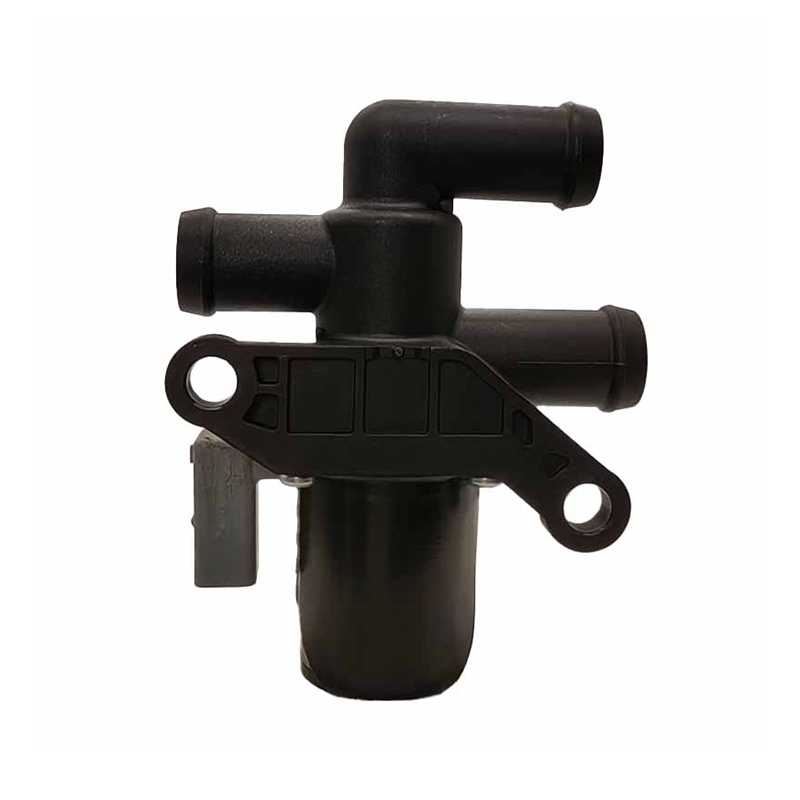 View More >>
View More >>
Category: Volkswagen Audi
| Coding | OE | Weight/KG | Inner box size/CM | Outer box size/CM | Number of boxes | Gross weight/KG | Vehicle |
| XH-036 | 1T0820036A | 0.4 | 14.7*11*7 | 60*32*39 | 30 | 15 | VAG |
 View More >>
View More >>
Category: Volkswagen Audi
| Coding | OE | Weight/KG | Inner box size/CM | Outer box size/CM | Number of boxes | Gross weight/KG | Vehicle |
| XH-C6 | 4F1959617B | 0.76 | 18.5*18.5*11.3 | 59.5*38.5*39.5 | 20 | 19.5 | Audi 2006-2011 A6 Audi 2005-2011 A6 Quattro Audi 2007-2011 S6 |
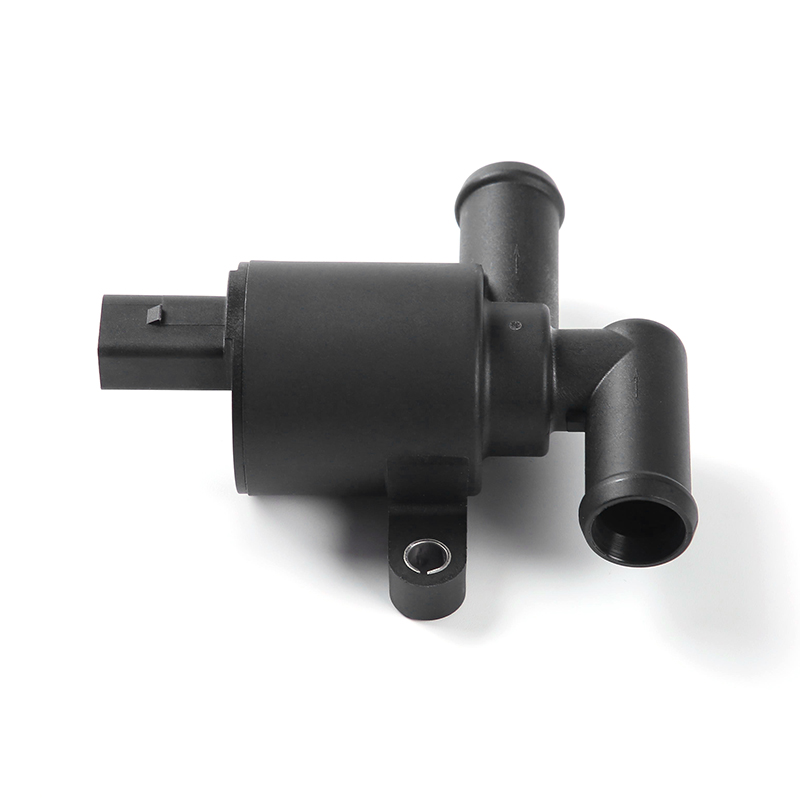 View More >>
View More >>
Category: Volkswagen Audi
| Coding | OE | Weight/KG | Inner box size/CM | Outer box size/CM | Number of boxes | Gross weight/KG | Vehicle |
| XH-C7 | 4H0121671D | 0.4 | 13*10*5 | 52*27*27 | 50 | 14 | Audi C7/A6L/A8L |
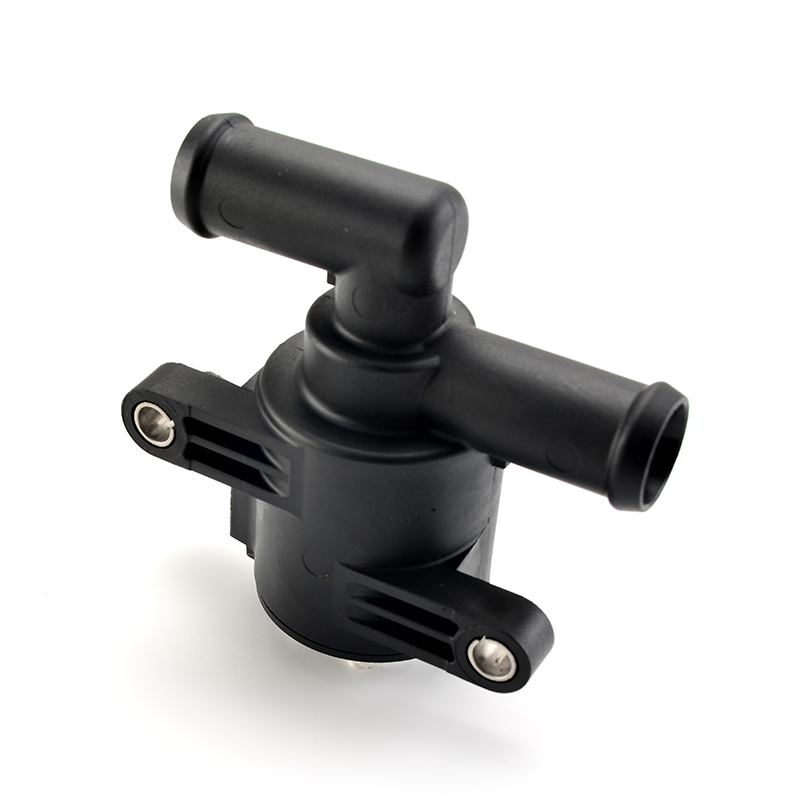 View More >>
View More >>
Category: Volkswagen Audi
| Coding | OE | Weight/KG | Inner box size/CM | Outer box size/CM | Number of boxes | Gross weight/KG | Vehicle |
| XH-C7A | 5Q0906457A | 0.4 | 13*10*5 | 52*27*27 | 50 | 14 | VAG |
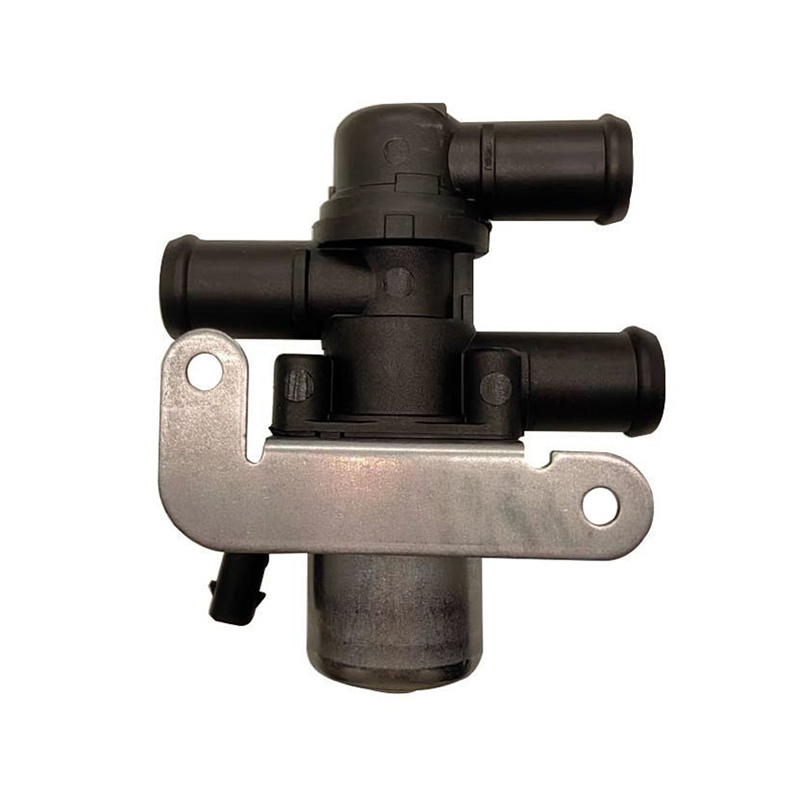 View More >>
View More >>
Category: Volkswagen Audi
| Coding | OE | Weight/KG | Inner box size/CM | Outer box size/CM | Number of boxes | Gross weight/KG | Vehicle |
| XH-271A | 5Q0906457C | 0.38 | 15*13*7.5 | 40.5*31*39.5 | 30 | 12 | VAG |
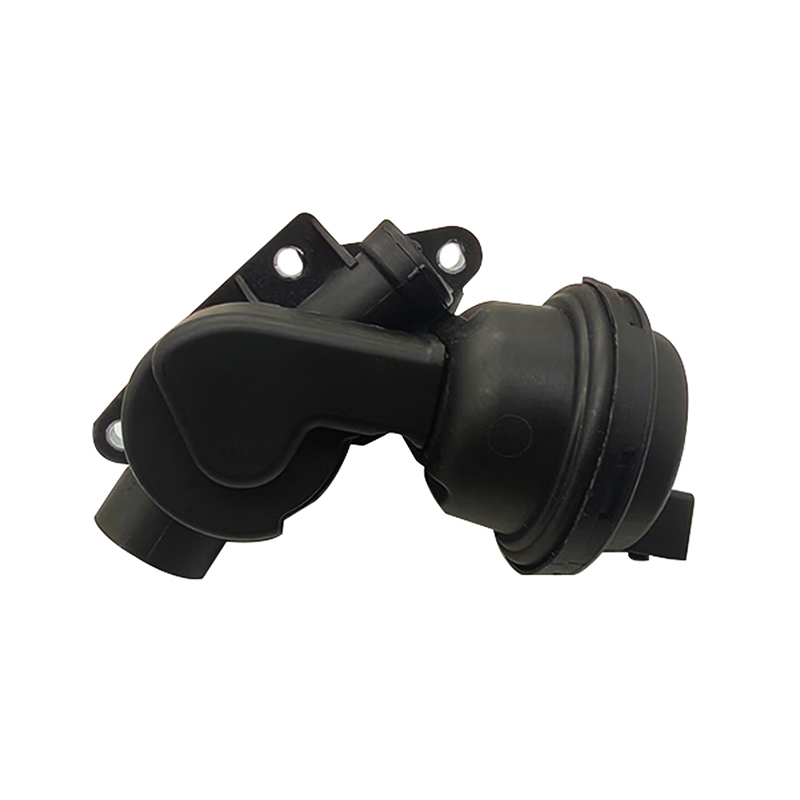 View More >>
View More >>
Category: Volkswagen Audi
| Coding | OE | Weight/KG | Inner box size/CM | Outer box size/CM | Number of boxes | Gross weight/KG | Vehicle |
| XH-678H | 06M121678F | 0.2 | 14.5*12.3*5 | 38.5*30.47 | 30 | 7 | VAG |
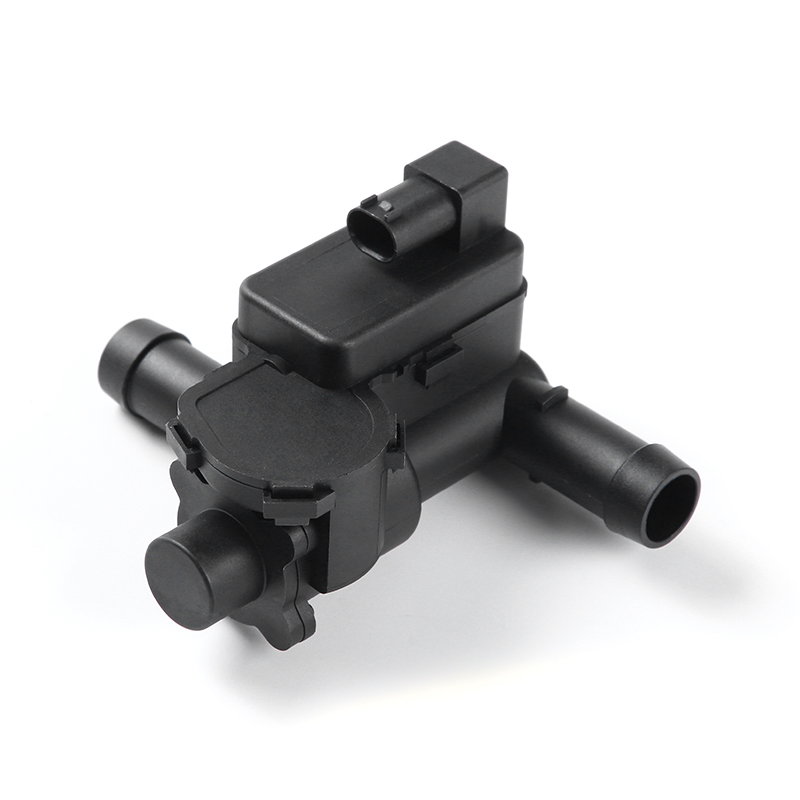 View More >>
View More >>
Category: Volkswagen Audi
| Coding | OE | Weight/KG | Inner box size/CM | Outer box size/CM | Number of boxes | Gross weight/KG | Vehicle |
| XH-10A | 7PP819810A | 0.18 | 14*13.5*7.5 | 41*29*40 | 30 | 7 | Volkswagen (import) touareg (7p) 2011-2018 |
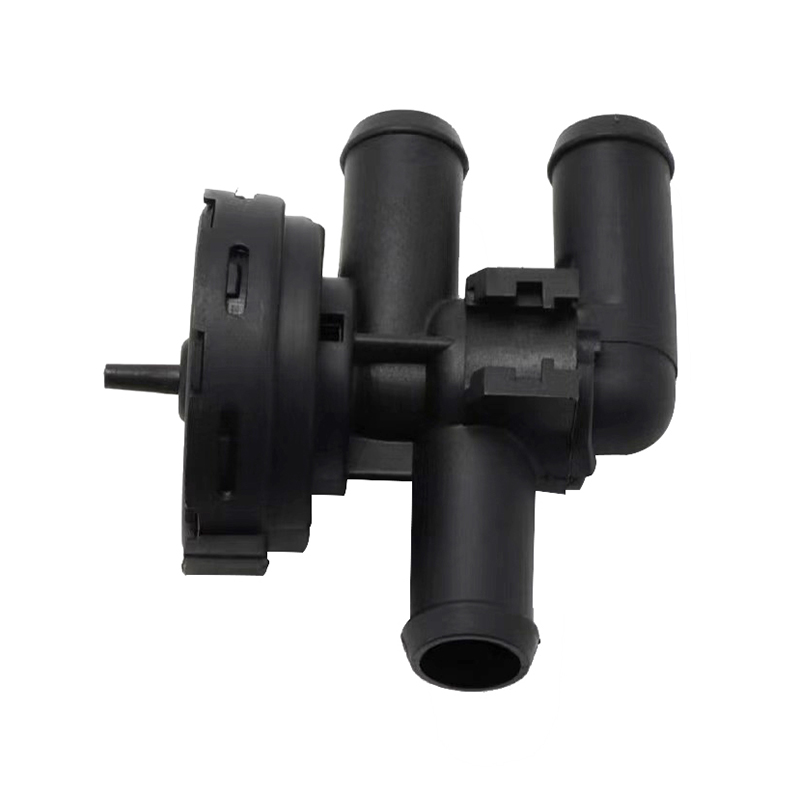 View More >>
View More >>
Category: Volkswagen Audi
| Coding | OE | Weight/KG | Inner box size/CM | Outer box size/CM | Number of boxes | Gross weight/KG | Vehicle |
| XH-947 | 90566947 | 0.1 | 9*10*9 | 52*47*42 | 100 | 10 | GM |
 View More >>
View More >>
Category: Volkswagen Audi
| Coding | OE | Weight/KG | Inner box size/CM | Outer box size/CM | Number of boxes | Gross weight/KG | Vehicle |
| XH-948 | 90566948 | 0.1 | 9*10*9 | 52*47*42 | 100 | 10 | GM |
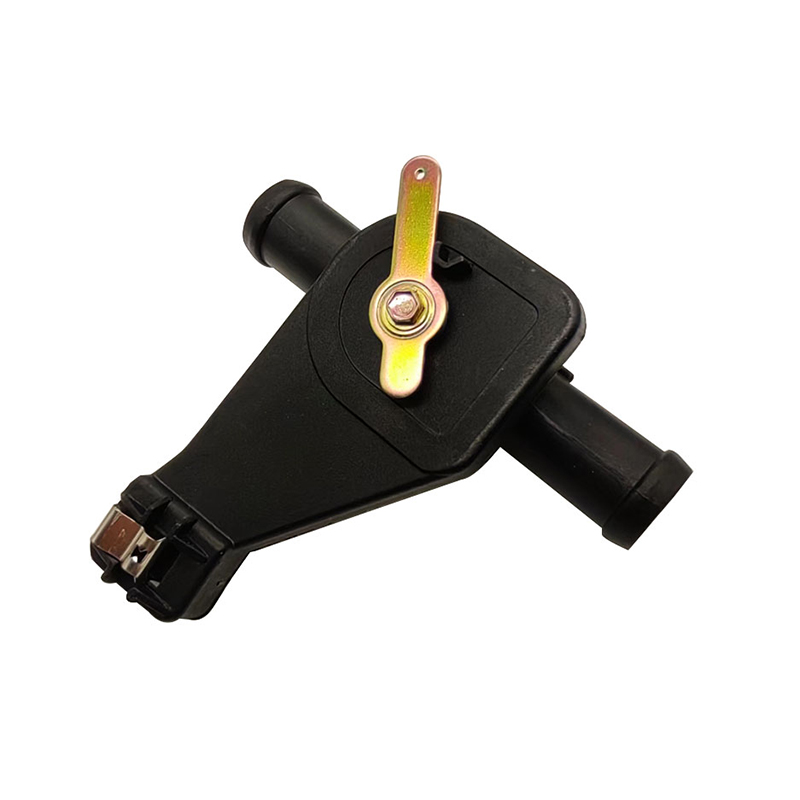 View More >>
View More >>
Category: Volkswagen Audi
| Coding | OE | Weight/KG | Inner box size/CM | Outer box size/CM | Number of boxes | Gross weight/KG | Vehicle |
| XH-228 | 701819809D | 0.28 | 9*10*9 | 52*47*42 | 50 | 14 | GM |
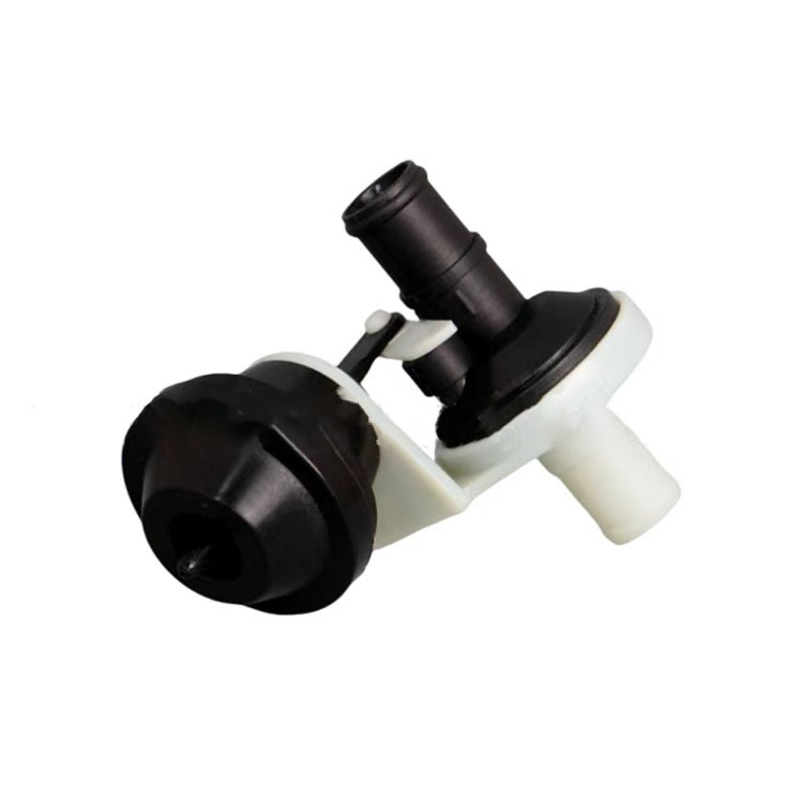 View More >>
View More >>
Category: Volkswagen Audi
| Coding | OE | Weight/KG | Inner box size/CM | Outer box size/CM | Number of boxes | Gross weight/KG | Vehicle |
| XH-809A | 893819809A | 0.15 | 9*10*13 | 52*47*42 | 100 | 15 | VAG |
The company is located in Huangyan, Taizhou, the hometown of plastic molds in China. The company's leading business: design and manufacture of automotive interior and exterior molds, processing pipe molds, and daily necessities molds. As a famous China Volkswagen Audi Heating Valve suppliers and Volkswagen Audi Heating Valve factory, we are mainly engaged in wholesale Volkswagen Audi Heating Valve. High-end processing equipment: CNC machining centers, injection molding machines, electroplating lines, spraying lines and other advanced automatic mold processing and mold testing equipment, product surface treatment production lines.
Founded in 2009
Employees
Factory Area
The car heater bypass valve is an important component in a vehicle’s heating system that controls the flow of coolant to the heater core. This valve is typically installed in the coolant line that connects the engine to the heater core. The primary function of the heater bypass valve is to regulate coolant flow depending on the heating needs of the vehicle. In colder conditions, the valve allows coolant to flow into the heater core, enabling the system to warm up the cabin. However, when the temperature reaches an acceptable level, the bypass valve redirects the coolant, preventing unnecessary heating and allowing the engine to maintain an efficient operating temperature.
This valve is crucial for maintaining the balance between engine cooling and cabin comfort. Without the proper regulation of coolant flow, the heater could either overheat or fail to provide adequate warmth. The heater bypass valve typically operates through a mechanical or electrical mechanism, and modern versions often feature electronic controls that enable more precise regulation. By optimizing the flow of coolant based on real-time conditions, the valve contributes to the overall efficiency of the vehicle's HVAC system.
The automotive heater valve is a key component in controlling the flow of hot coolant into the heater core of a vehicle. When the engine heats up, the coolant absorbs excess heat, and the heater valve controls the amount of coolant that is sent to the heater core. This process allows the heater core to warm the air passing through it, which is then directed into the cabin to provide heat.
The heater valve’s main function is to regulate the temperature inside the vehicle’s cabin by adjusting the flow of coolant. A well-functioning heater valve ensures that the temperature remains comfortable for the driver and passengers. It also helps optimize the performance of the vehicle’s engine by maintaining a consistent engine temperature. More modern vehicles use an electronically controlled heater valve, which is integrated into the vehicle’s climate control system. This provides more precise temperature regulation, ensuring that the cabin is heated quickly and efficiently.
Furthermore, the automotive heater valve plays a role in protecting the engine from overheating. By regulating the amount of coolant flowing to the heater core, the valve helps maintain the engine's operating temperature within a safe range. The valve also prevents excess pressure from building up in the cooling system, which could otherwise advance to damage.
The Audi valve, often a specific type of automotive valve used in vehicles manufactured by Audi, is designed to serve a variety of functions within the engine and heating systems. Audi valves are engineered with precision to control the flow of fluids, such as coolant, oil, and air, to ensure the proper functioning of the vehicle's various systems.
One of the more common uses of Audi valves is in the control of coolant flow in the vehicle’s heating and cooling system. These valves are responsible for directing coolant to various parts of the engine and HVAC system, helping to regulate the engine’s temperature and maintain good performance. In addition to heating and cooling systems, Audi valves are also used in regulating other aspects of engine function, such as turbocharging and air intake.
Audi valves are built to withstand the high demands of modern engines, which require precision and reliability. Typically made from high-quality materials that can endure bad temperatures and pressures, these valves help optimize engine performance and reduce wear and tear on the system. The design of Audi valves ensures that they can handle the complex needs of the engine while contributing to the overall efficiency of the vehicle.
As technology progresses, Audi valves are often integrated with advanced sensor systems that provide real-time data about the vehicle’s performance. This allows for precise control of the coolant flow, which enhances the overall comfort of the cabin while improving fuel efficiency and reducing emissions. These valves are also designed to be durable and easy to maintain, making them a critical component of Audi’s long-term reliability.
Have A Question? You Can Call Us Or Email Us By Sending A Message Below.
Connect with us to discuss, buy furniture or agent sales at your local area.

